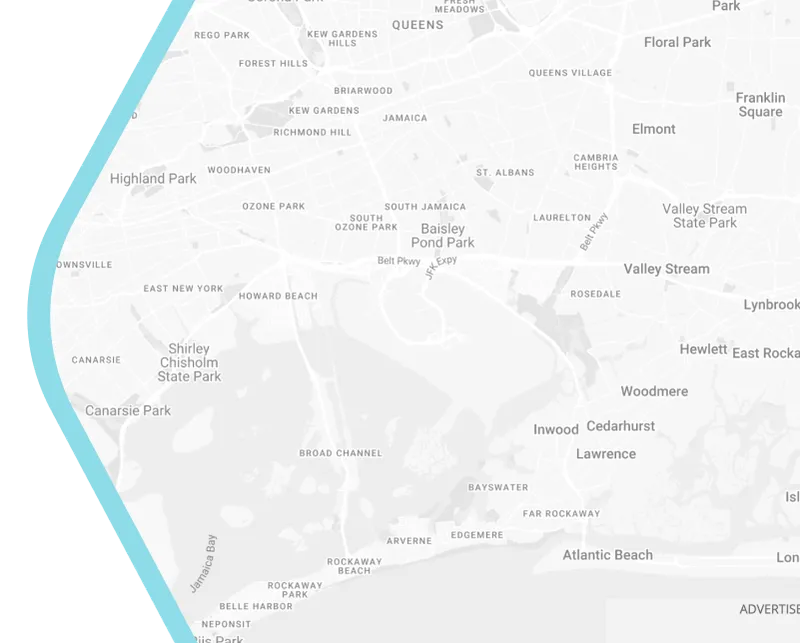
Environmental Justice and Urban Climate Adaptation Plan
Climate justice literature has indicated that vulnerable groups, such as the elderly, children and immigrants, may be disproportionately affected by climate change. Yang and Juhola (2021) investigated factors that may contribute to the likelihood of climate adaptation to be implemented in European cities, including whether a higher proportion of vulnerable population impact the likelihood of the city to adopt climate adaptation policies. Unfortunately, substantial portion of other vulnerable groups, such as children and immigrant groups did not have much effect on city’s adoption of adaptation policies. However, the result shows that a higher proportion of elderly population significantly influenced the city to adopt climate adaptation policies as this translate to larger number of constituents that may pressure and motivate city government to be more responsive to climate disaster.
This study also highlights that national climate adaptation policy is linked to higher adoption in the city level government. With a seven-fold higher probability of adopting an urban adaptation policy, 31.2 %compared to 4.3 % probability for cities without a national policy. Higher incomes cities also are more likely to be adopting climate adaptation plan which is a challenge in creating an equitable urban environment. This finding emphasises the importance of cultivating inclusive processes and participatory methods in the adaptation planning stage.
Reference:
Yang, H., Lee, T., & Juhola, S. (2021). The old and theclimate adaptation: Climate justice, risks, and urban adaptation plan.Sustainable Cities and Society, 67, 102755.
